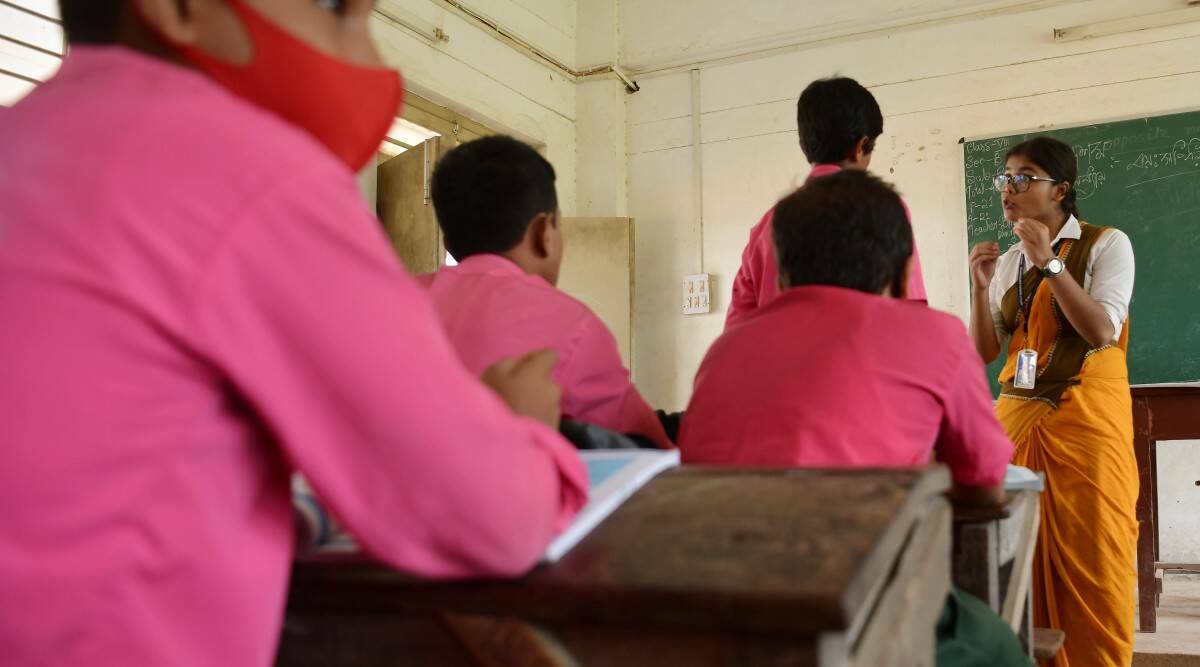According to official data, West Bengal, Gujarat, Bihar and Tripura are among more than a dozen states where the dropout rate at the secondary level was higher than the national average of 14.6 percent.
The central government has suggested these states to take special measures to reduce the dropout rate.
This information has been obtained from the minutes of the meetings of the Project Approval Board (PAB) under the Ministry of Education on the ‘Samagra Shiksha’ program for 2022-23. These meetings were held between April and July with different states.
According to the sources, the government wants to achieve a 100 percent Gross Enrollment Rate (GER) at the school level by 2030 as set out in the new National Education Policy and sees school dropout as an obstacle.
According to PAB, the dropout rate in 2020-21 at the secondary level in Bihar was 21.4%, Gujarat 23.3%, Madhya Pradesh 23.8%, Odisha 16.04%, Jharkhand 16 .6%, Tripura 26% and Karnataka recorded 16.6 percent.
According to the documents, the estimated number of Children with Special Needs (CWSN) enrolled in Delhi schools during the relevant period was 61,051, of whom 67.5 per cent dropped out or could not be identified. The PAB has called on the Delhi government to complete the work of reintegrating school dropouts into general school education on an expedited basis.
The dropout rate at the secondary level in Andhra Pradesh was 37.6% in 2019-20, which dropped to 8.7% in 2020-21. The PAB has called on the state to continue efforts to further reduce the dropout rate.
According to the documents, in 2020-21, 12.5% of students dropped out of secondary level in Uttar Pradesh with an average of 11.9% for boys and 13.2% for girls.
In West Bengal, the high school dropout rate exceeds 15% in 10 districts. The PAB has asked the state to prepare a special action plan to reduce this rate.
In 2020-21 in Assam, 19 secondary-level districts recorded a dropout rate of more than 30 percent. In Nagaland, this rate was over 30 per cent in eight districts. The dropout rate at secondary level was 7.1% in Kerala, 8.41% in Uttarakhand and 10.17% in Goa.
A recent survey by the United Nations Children’s Fund (UNICEF) states that 33% of girls drop out of school due to domestic work and 25% due to marriage.
According to Unicef, it was also found in many places that after leaving school, children started working as day laborers with their families or cleaning people’s houses.
Anil Swarup, former secretary of the Department of School Education and Literacy, said that at the gram panchayat and district level, children should be ‘mapped’ out of the realm of school education.
He also said that parent-teacher level meetings should be organized at least once a month in schools to raise awareness of this important issue.
Students who drop out of school should be identified and communicated by visiting their homes, as sometimes poor test result or family situation is also the reason why they drop out of schools, he said.







